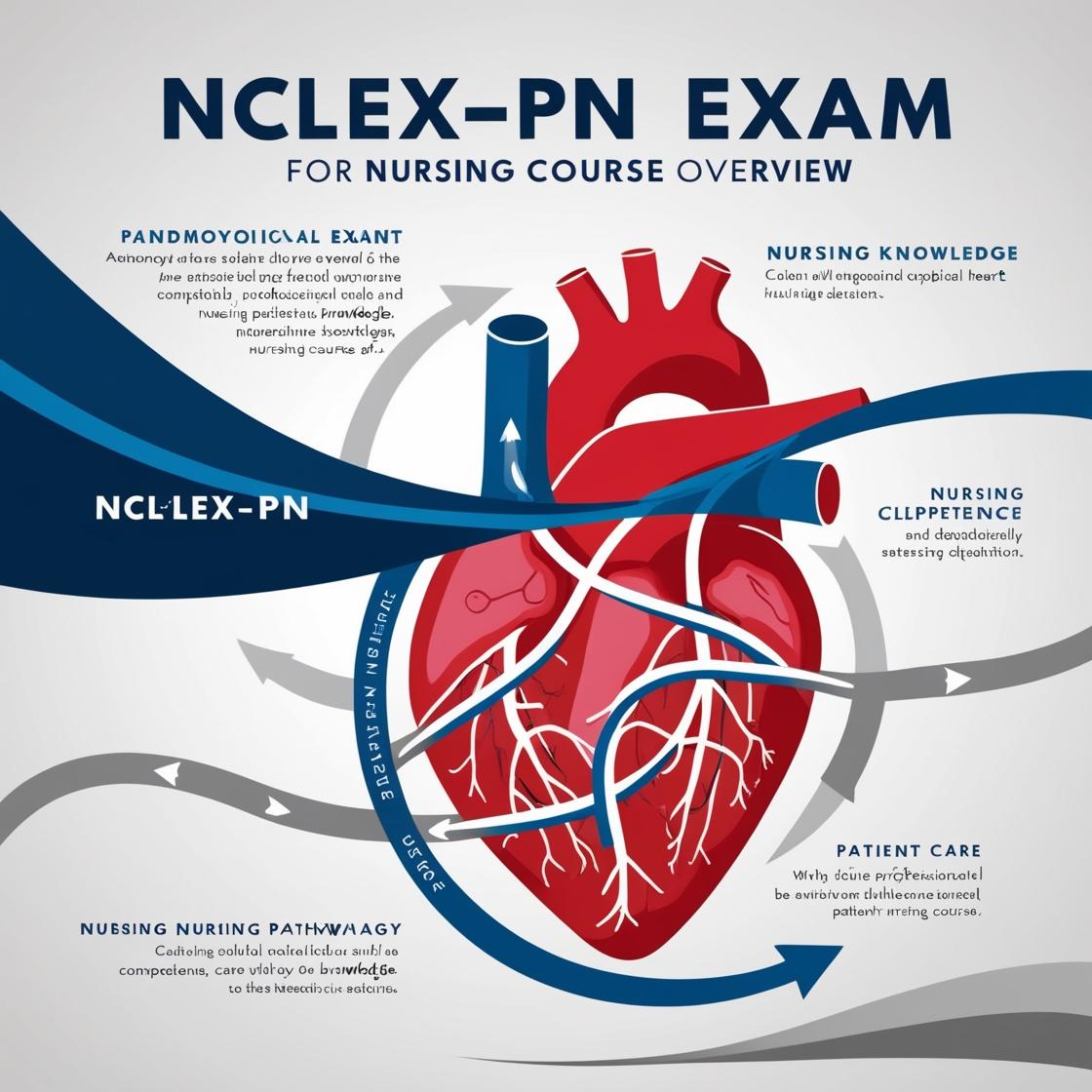NCLEX-PN
2024 Nclex Questions
1. The nurse is caring for a dying client who has persistently requested that the nurse 'help her to die and be in peace.' According to the Code of Ethics for Nurses, the nurse should:
- A. Ask the client whether she has signed the advance directives document.
- B. Tell the client that he or she will ask another nurse to care for her.
- C. Instruct the client that only a physician can legally assist in suicide.
- D. Try to make the client as comfortable as possible, but refuse to assist in death.
Correct answer: D
Rationale: The correct answer is to try to make the client as comfortable as possible but refuse to assist in death. According to the Code of Ethics for Nurses, nurses are committed to providing compassionate care, respecting the dignity and rights of the dying person. In this situation, it is important for the nurse to focus on providing comfort and support to the client while upholding ethical standards. Choice A is incorrect because discussing advance directives does not address the immediate request for assistance in dying. Choice B is incorrect as it does not address the ethical dilemma presented. Choice C is incorrect because instructing the client that only a physician can assist in suicide does not fully address the complexity of the situation or the nurse's role in providing end-of-life care.
2. A healthcare provider is preparing to assess the acoustic nerve during a neurological examination. To assess this nerve, the provider uses which technique?
- A. Uses a tuning fork
- B. Asks the client to puff out the cheeks
- C. Tests taste perception on the client's tongue
- D. Checks the client's ability to clench the teeth
Correct answer: A
Rationale: Testing of cranial nerve VIII (acoustic nerve) involves assessing hearing acuity through techniques like the whispered voice test and tuning fork tests (Weber and Rinne). Using a tuning fork helps determine if sound lateralizes to one ear (Weber) and compares air conduction to bone conduction (Rinne). Asking the client to puff out the cheeks is for cranial nerve VII (facial nerve) function evaluation. Testing taste perception on the tongue assesses cranial nerve IX (glossopharyngeal nerve) function. Checking the ability to clench teeth assesses cranial nerve V (trigeminal nerve) motor function.
3. Some drugs are excreted into bile and delivered to the intestines. Prior to elimination from the body, the drug might be absorbed. This process is known as:
- A. hepatic clearance.
- B. total clearance.
- C. enterohepatic cycling.
- D. first-pass effect.
Correct answer: C
Rationale: The correct answer is 'enterohepatic cycling.' This process involves drugs being excreted into bile, delivered to the intestines, reabsorbed into the circulation, and can prolong the drug's presence in the body. 'Hepatic clearance' (Choice A) refers to the amount of drug eliminated by the liver. 'Total clearance' (Choice B) is the sum of all types of clearance including renal, hepatic, and respiratory. 'First-pass effect' (Choice D) is the amount of drug absorbed from the GI tract and metabolized by the liver before entering circulation, reducing the amount of drug available for systemic circulation.
4. The client is taking prednisone 7.5mg po each morning to treat his systemic lupus erythematosus. Which statement best explains the reason for taking the prednisone in the morning?
- A. There is less chance of forgetting the medication if taken in the morning.
- B. There will be less fluid retention if taken in the morning.
- C. Prednisone is absorbed best with the breakfast meal.
- D. Morning administration mimics the body's natural secretion of corticosteroid.
Correct answer: D
Rationale: Taking corticosteroids in the morning mimics the body's natural release of cortisol, which follows a diurnal pattern with higher levels in the morning. This timing helps regulate the body's inflammatory response and minimizes potential side effects. Answer A is not the primary reason for morning dosing, as adherence concerns can be addressed through other means. Answer B is incorrect since fluid retention is not influenced by the timing of prednisone administration. Answer C is also incorrect as prednisone absorption is not significantly affected by whether it is taken with breakfast or not.
5. While admitting a client to an acute-care psychiatric unit, the nurse asks about substance abuse based on:
- A. psychiatric disorders' higher prevalence in addicted populations
- B. individuals with psychiatric disorders' increased susceptibility to substance abuse
- C. the importance of detecting and diagnosing substance disorders in acute-care psychiatric settings
- D. the significant impact of undetected substance problems on the treatment of psychiatric disorders
Correct answer: B
Rationale: The correct answer is 'individuals with psychiatric disorders' increased susceptibility to substance abuse.' It is crucial to inquire about substance abuse during admission to an acute-care psychiatric unit because individuals with psychiatric disorders are more prone to experiencing substance abuse issues. Addressing substance abuse is vital for effective treatment and to prevent relapse in psychiatric disorders. Option A is incorrect as it focuses on the prevalence of psychiatric illness in addicted populations rather than the relationship between psychiatric disorders and substance abuse. Option C is incorrect as it exaggerates the ease of detecting and diagnosing substance disorders in acute-care psychiatric settings. Option D is incorrect as undetected substance problems can indeed significantly impact the treatment of psychiatric disorders, but the main reason for inquiring about substance abuse is the increased susceptibility of individuals with psychiatric disorders to such issues.
Similar Questions

Access More Features
NCLEX PN Basic
$69.99/ 30 days
- 5,000 Questions with answers
- Comprehensive NCLEX coverage
- 30 days access @ $69.99
NCLEX PN Premium
$149.99/ 90 days
- 5,000 Questions with answers
- Comprehensive NCLEX coverage
- 30 days access @ $149.99
